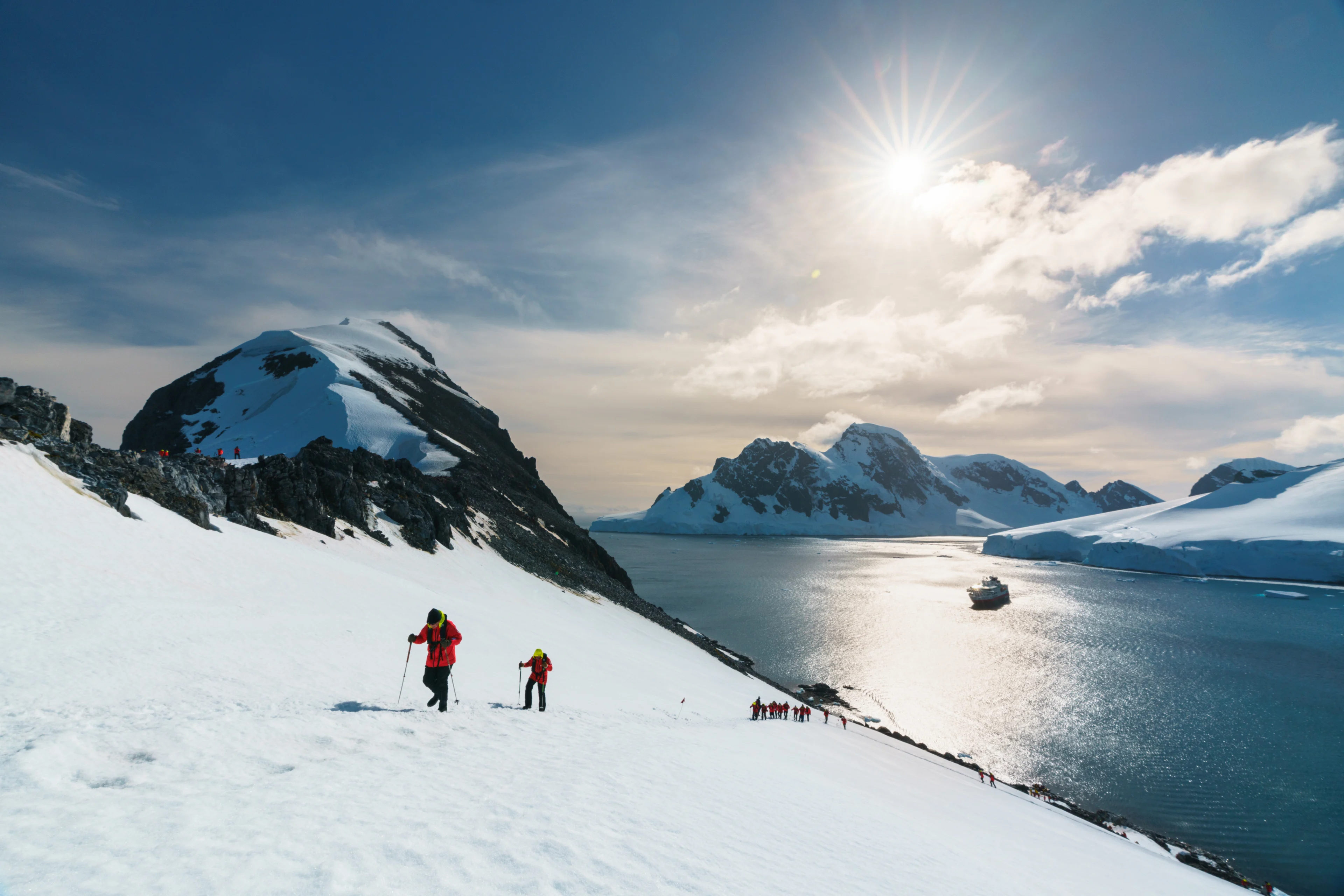Get inspired
Learn more about the spectacular destinations and attractions you can visit with us on our expedition cruises.
Top topics
View all stories that fit your interests
Featured stories
Learn more about our destinations
Wildlife stories
Learn more about the wildlife you can experience with us
